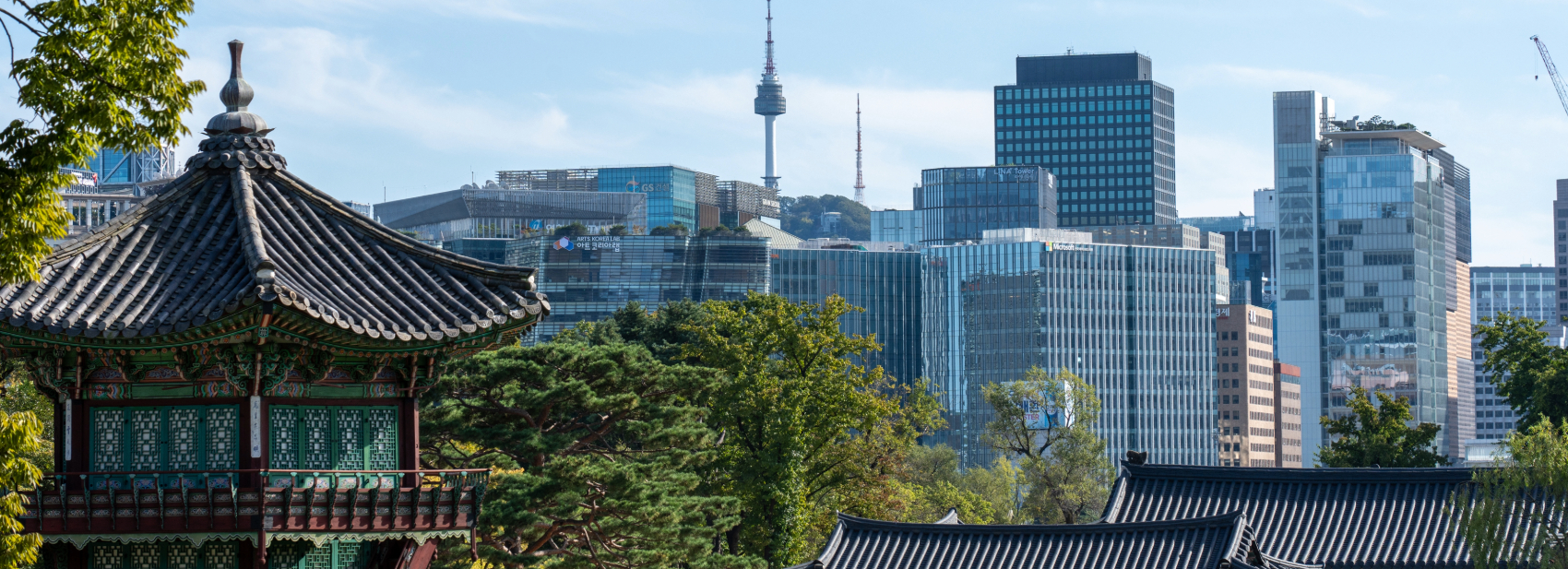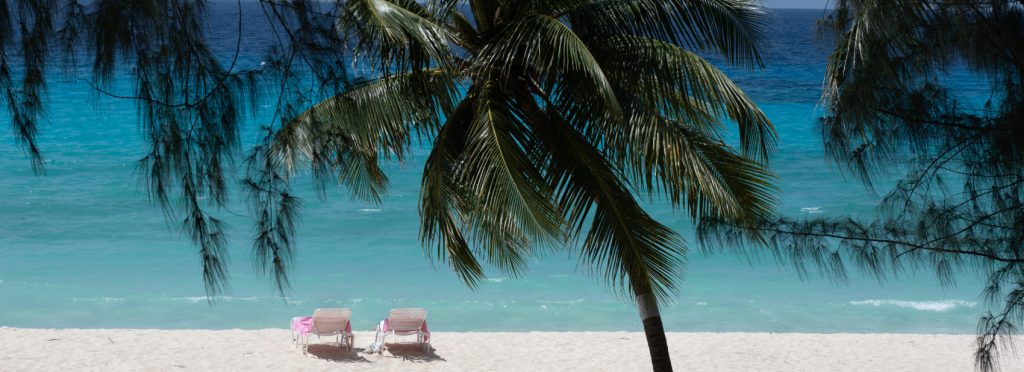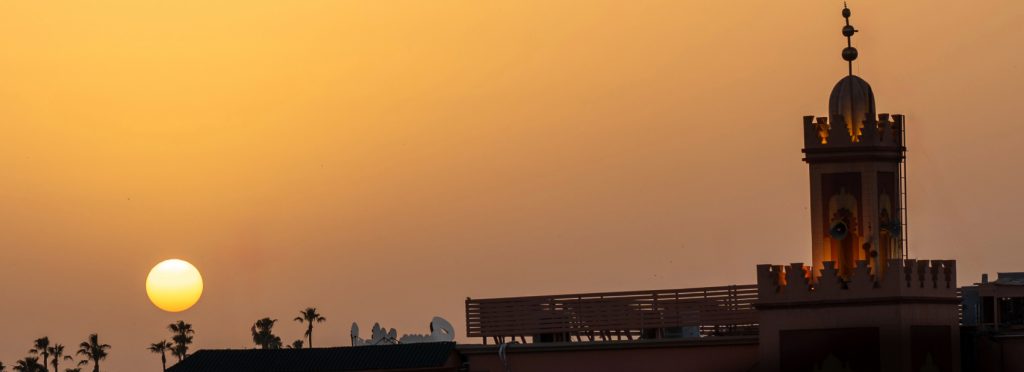The world of pop, culture, food and media is very excited about South Korea, with the zeitgeist epicentre being the capital Seoul. But why is Korea so on trend? We went there for 10 days to find out more, here’s our guide to Seoul.
As a visitor to the region, South Korea appeared to me as a wonderful paradox – one that I loved from day one. It’s a country of contrasts that work seamlessly together: Seoul’s grand palaces and narrow old town streets flow in harmony with the ultra modern city scape; the younger generations show respect and deference to older generations; the country is driven and the city is high energy yet there’s a sense of underlying calm and compliance. Traditional Korean restaurants are packed out, but so are the American offerings like Starbucks, which are on nearly every street corner. Old and new, fast and slow, East and West flow together.
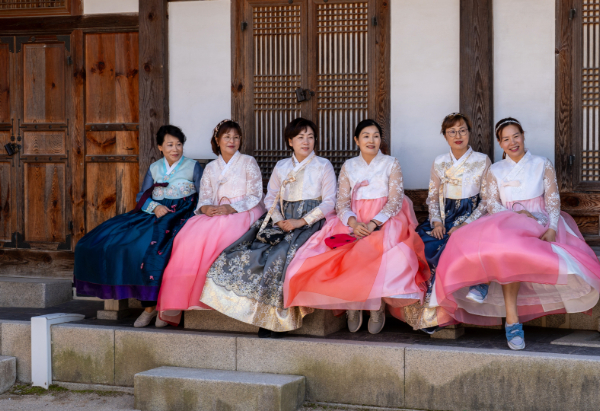
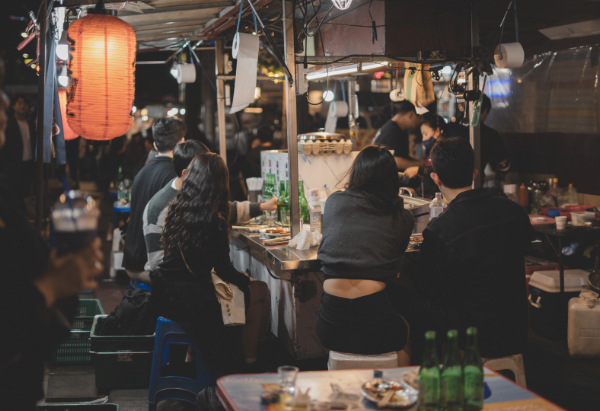
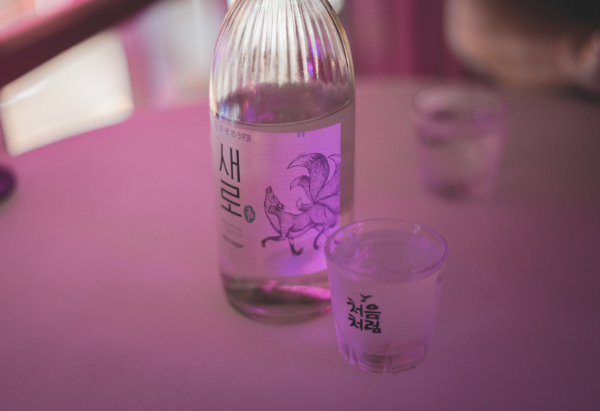
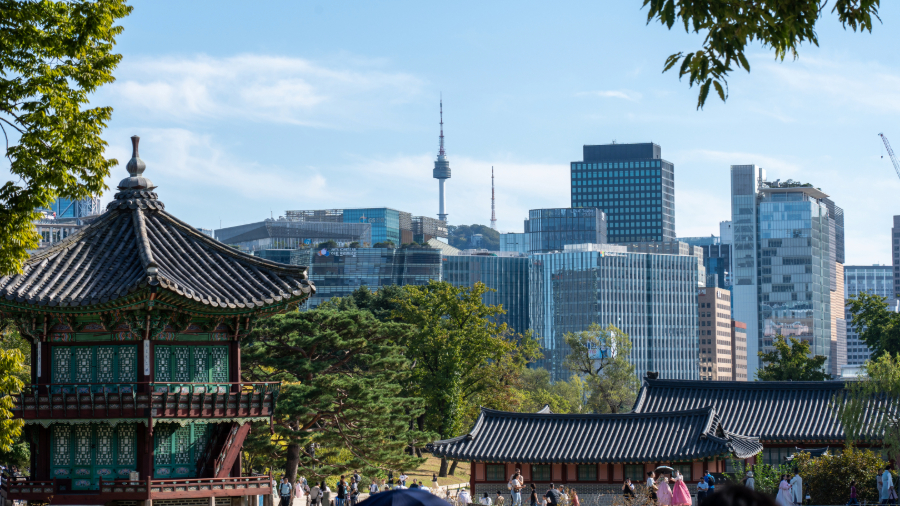
So what is in the South Korean DNA to make it become an International cultural powerhouse? With Oscar winning films like Parasite, explosive TV shows like Squid Games and the addictive K-dramas or the seemingly unstoppable force that is K-pop, South Korea appeals to a wide spectrum.
There’s a singular cultural identity that appears to unify all: the understated physical and verbal communication; the unwritten rules of etiquette which are clearly understood and respected; and civic rules are followed, like only crossing the road when signalled to do so (you won’t see any jaywalkers!) or not eating on public transport. Theft is almost unheard of so it’s a very safe place to visit. Koreans to me appear to understand that there are clear shared goals for the common good and that compliance can benefit everyone. The shared goals also stoke a competitive drive that perhaps makes the country so prodigiously productive, including the country’s creative and artistic communities who are leading the way on the global stage.
Another key element that resonated with me is the cultural support by the city of Seoul. There’s major investment into design museums, artwork on street corners, free festivals, outdoor events, live music and street games. The result is a vibrant, energetic modern scene that is influencing the world stage.
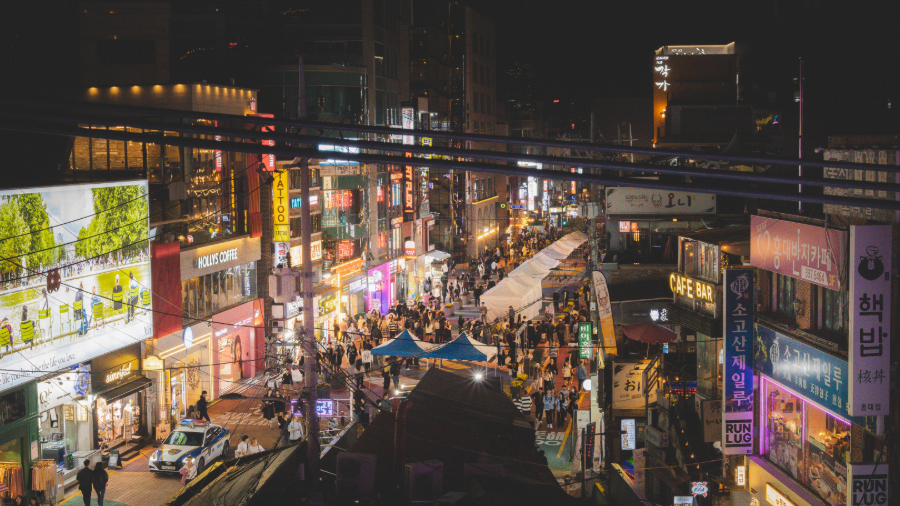
So what would I recommend to consider in our guide to Seoul, South Korea? Where to start with immersing yourself in this fascinating country’s culture? The first choice is where to stay. We based ourselves in Seoul which hasn’t really got a distinct centre but more a fusion of multiple districts, each with their own unique identity. We chose to stay in Jung-Gu in the geographical heart of the city as it’s recommended for first time visitors. There’s easy access to public transport and it’s within walking distance of other districts, city hall and historic sights including Gyeongbokgung Palace. The hotel we stayed at was Le Seoul hotel, a clean, modern and super convenient property with bars, restaurants, shops and the metro on the doorstep and only approx £77GBP/$100USD/90EUR per night for our stay in September 2023.
On first arrival, the metro can be a little daunting; however, after a few journeys, it’s actually pretty easy to navigate with colour coded lines and signs and announcements in Korean and English. The metro is super efficient, air conditioned, safe, clean and inexpensive at only 1350 KRW per journey (approx £1GBP/$1.25 USD). It’s a perfect example of how the city operates.
The metro isn’t the only thing that makes life easier in Korea. They seemed to have nailed solutions to obvious day-to-day problems to make life that little bit easier. For example, most bars and restaurants have service call buttons on the tables to make ordering and paying the bill a breeze without having to catch the attention of a server; everywhere takes card payments so use of cash can be limited; you’ll never be far from a wifi signal; convenience stores like 7 Eleven are everywhere which are 24 hour and many offer indoor and outdoor seating to buy and eat your noodles and beer; there are giant umbrellas at street crossings to protect from the rain or sun whilst waiting and the list goes on… However alongside all of the conveniences in South Korea, the country has equally as many interesting quirks.
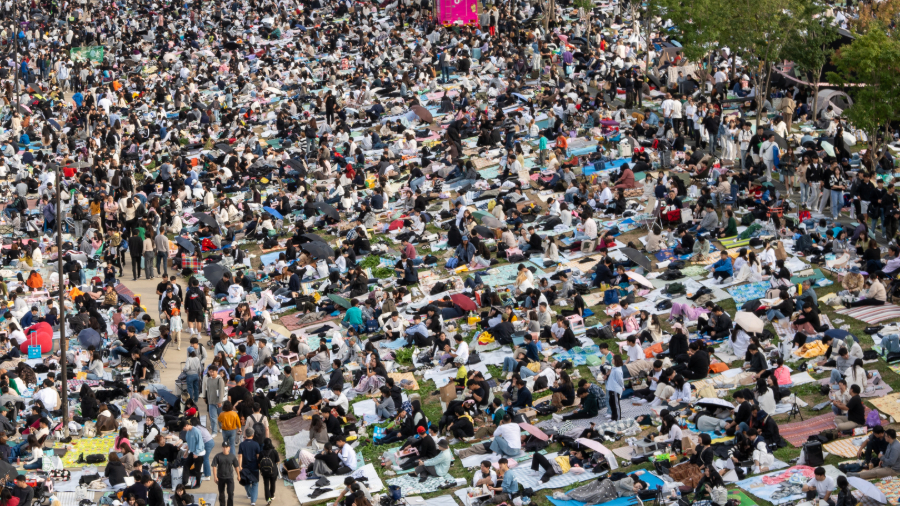
All their dogs seem to be tiny, white and either wearing a coats, being carried or in a pram; some young couples dress in identical outfits; it’s considered to be unacceptable to show a collarbone and shoulders so women are covered up; plastic surgery is normal and it’s not unusual to see a lot of faces in the streets covered in bandages; you can’t book a table in most restaurants so it’s first come first served; pretty much every car in South Korea is either black or white; CCTV is everywhere; there are robots in the International airport; drinking alcohol (especially Korean Soju) is commonplace; and there’s no recognition of personal space.
One of the more unusual trends are random themed cafes including the Harry Potter cafe or a range of animal themed cafes for petting and sitting with dogs, cats, racoons and even sheep! You’ll find a lot of these themed cafes around Hongdae which is where is were we found a dog cafe by following the excited barking sounds. Entry for these cafes is around 10,000KRW or around £5.50GBP/7EUR plus a drink.
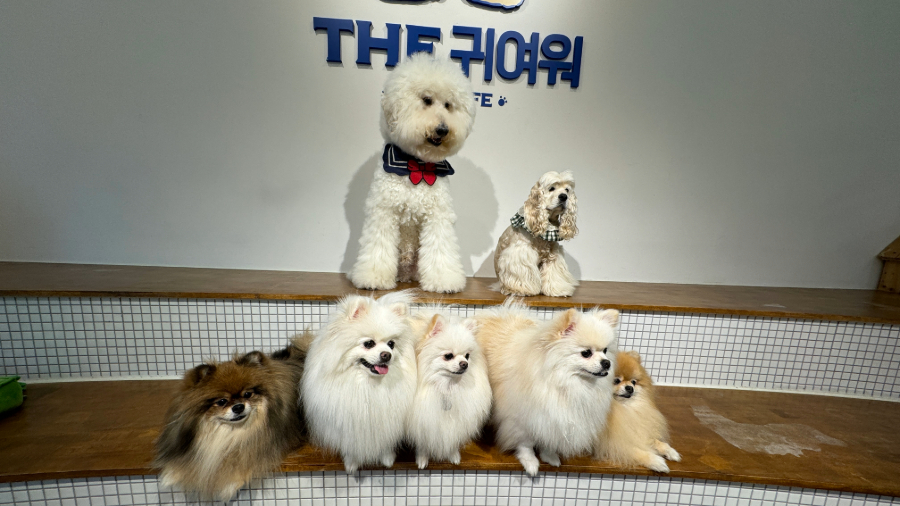
There’s also another side to South Korea which is important to understanding the region we see today. Wherever you go in Seoul and South Korea, there are reminders of the countries painful recent history that shapes their culture and modern era. South Korea was occupied and, it’s recognised, was oppressively ruled by the Japanese empire between 1910 and 1945. The wounds and animosity of the occupation still run deep to this day. The end of WW2 in 1945 saw Korea liberated from the Japanese when the former USSR and the USA divided Korea into the communist North and democratic South. Only five years later in 1950, North Korea invaded the South, with global repercussions.
The USA intervened along with a United Nations force to protect the South which prompted China and Russia to support the North. There was an incredible loss of life in the conflict and, by the time of the armistice in 1953, the destruction in towns and cities was devastating. Of course the threat of North Korea has remained on their doorstep ever since, but a desire for a reunified nation is still the hope of many in the South.
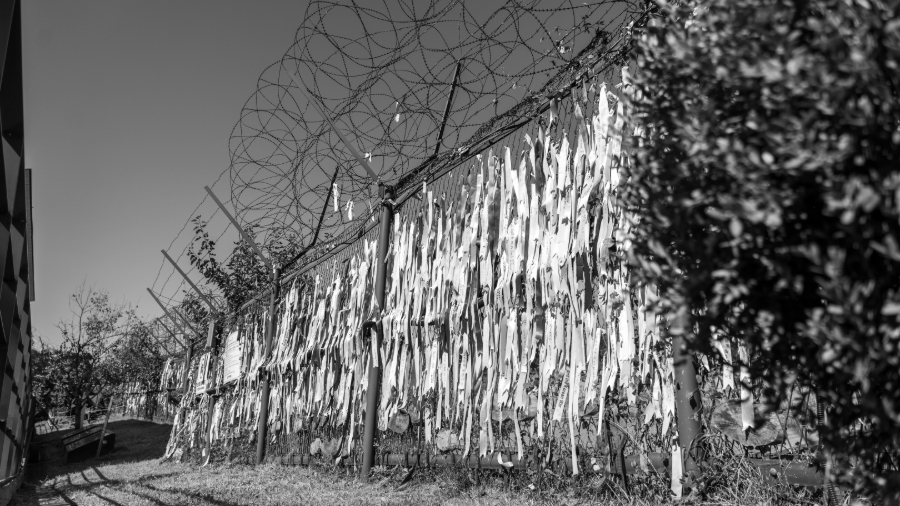
Ribbons in the DMZ wishing for unification and peace.
One of the best ways as a visitor to learn more about the conflict and division of Korea is by taking a day trip to the famous Demilitarised Zone (DMZ). This 160 mile long by 2.5 miles wide strip of land marks the boundary that was established in 1953 between the two nations. To enter the DMZ, you’ll need to take an organised tour which costs around £40/$50USD/€45EUR, and you’ll need a passport to get through the military checks. A DMZ tour is a fascinating experience which lends a much deeper understanding of the region.
The tours visit the main DMZ viewing platform where on a clear day you can see deep into North Korea – there’s also a small museum. They’ll also take you to 3rd tunnel that the North secretly excavated through the granite rock deep underground to attempt to invade the South again. There’s a 750m long, steep underground path built so that tourists can access the cramped original tunnel, but be warned if you’re unfit or scared of confined spaces give this one a miss!
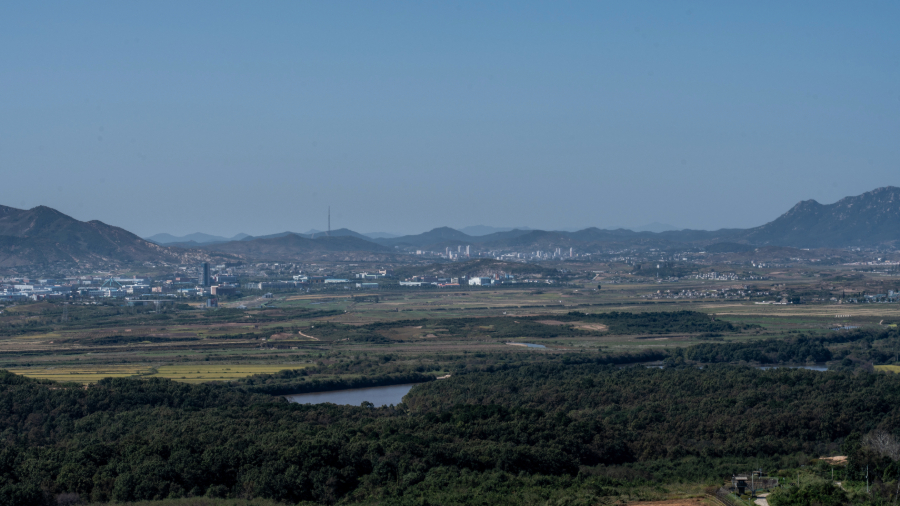
North Korea
I get a sense that the turbulent recent history has shaped the direction of South Korea today and it’s influence on the world stage. It’s created a collective drive of a nation to rebuild itself since the 1900s and become an international player in commerce, creativity, technology and so much more. As a result South Korea is confident in it’s modern cultural identity and in sharing that with the world.
So what else would I recommend in Seoul to get a sense of the city? If you’re into the K-Pop phenomena, you can watch wannabe hopefuls perform their cute, homogenised pop in the main street in Hongdae. For a Korean food experience, a BBQ restaurant is a must where diners are presented with a host of small dishes like kimchi, spiced soups and wasabi to accompany the beef, pork or chicken which is barbecued for you at the table by one of the waiters.
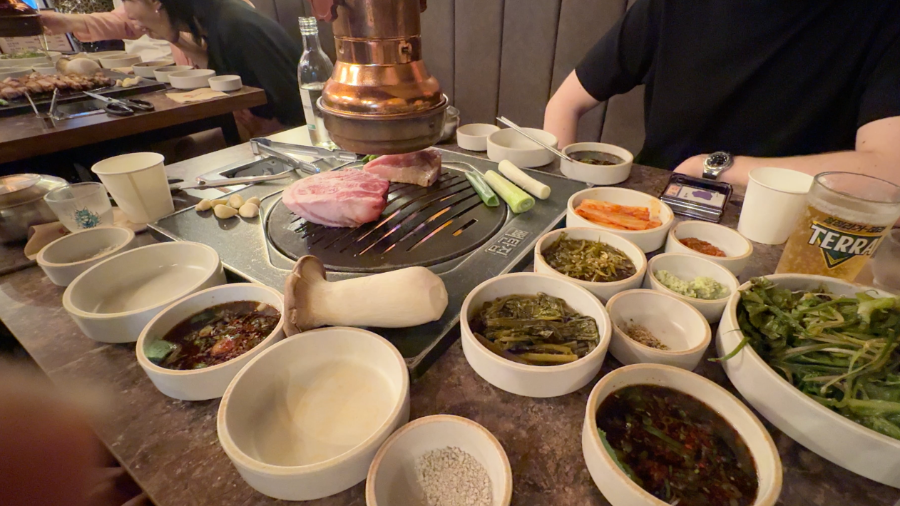
For amazing views of the city, a walk or cable car up to the N-Seoul Tower atop the Nam mountain in central Seoul is well worth it, especially at night to witness the illuminated cityscape. For alternative views, try the 555m tall Lotte tower which has amazing panoramic views over the city – the entrance queues can be long though so a top tip is to pay a little extra and take the fast track admission.
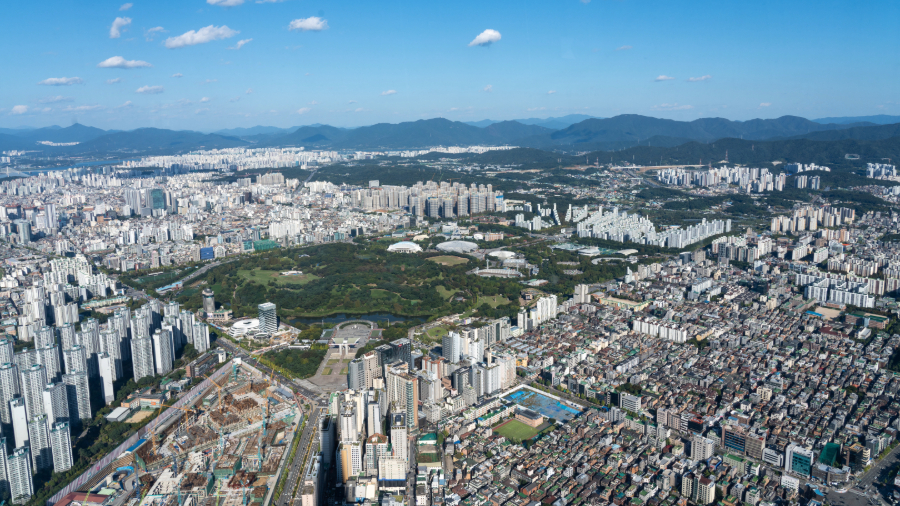
Seoul views from the Lotte tower
For a taste of old Seoul, check out Ikseongdong Hanok village, which is a maze of narrow alleyways winding through traditional Korean houses which were saved from modern developers and today are home to a multitude of restaurants, boutique shops and art galleries.
I’ve been told that one of the best times to visit South Korea is in September which has warm clear days and mild evenings. Seoul can get oppressively hot in summer and bitterly cold in winter. If you’re fortunate to be able to visit South Korea, whatever you decide to you do with your time there, I’d recommend a good pair of walking boots and time to explore. Embrace and marvel at all the quirky, wonderful, cultural experiences this unique country has to offer.
I hope you found our Guide to Seoul an inspiration for a visit. If you’re looking for other exciting destinations, dive into our other blog posts.
* All images copyright Matt Strathern/@degrees.of.latitude

